The world of rum is often criticized (sometimes rightly) by single malt whisky lovers: the laws are not clear and strict enough, and there is simply too much adulteration going on. From the addition of sugar or other sweeteners to flavorings.
Sugar is a real miracle ingredient in the production of spirits - it is ultimately responsible for the fact that the yeast can produce alcohol in the first place by consuming it. However, the sugar is often completely fermented and cannot be transferred during distillation anyway. It remains behind with other solid components, while the volatile components remarry and produce our beloved distillates.
In addition, sugar helps to manipulate the consumer's perception. With targeted dosage, the spirit can be "glossed over": on the surface, it appears to be of higher quality, cleaner and, in combination with barrel storage, more mature. The product simply seems better, especially to the untrained palate. Even with distilled fruit, some things can be made better on the surface.
As a rum producer, I am aware that my industry is keen to add a few things. After all, the European Spirits Regulation even allows the finished product to contain up to 20g of sugar per litre and still be called “rum”:
Annex I, category of spirit drinks, 1. Rum, f:
"Rum may be sweetened to round off the final taste of the product. However, the finished product may not contain more than 20 g of sweetening products per litre, expressed as invert sugar."
But with whisky it is different:
Annex I, category of spirit drinks, 2. Whisky or whiskey, d:
“Whisky or whiskey must not be sweetened or flavoured, even to round off the taste, nor may it contain any additives other than caramel colouring (E 150a) used to adjust the colour.”
See the full European Spirits Regulation here:
https://eur-lex.europa.eu/legal-content/EN/TXT/?uri=CELEX:32019R0787
So far, so good. But what bothers me is that those who shout the loudest and condemn rum so strongly often rave about the legendary old whisky bottling in the next sentence. The old Macallan & Bowmore bottlings send their regards. In the oh-so-strict world of whisky, there used to be a lot of trickery. The use of "Paxarette", for example, was anything but squeamish. To put it simply, Paxarette is a concentrate of boiled grape must of the Sancocho and Arrope varieties, which are reduced to around 30% of their original volume. The two varieties are then blended and left to ferment. This "wine" is then fortified and partly matured in sherry casks. Up until 1989, it was quite common to round off whisky with Paxarette.
Blessed with a brutal dark & deep color, palates around the world delight in the full-bodied and complex sweetness of these old bottlings, which are considered by many to be the most legendary whisky of all time.
In addition to the earlier bottlings, there is still whisky today that was produced well after 1990 and still has a sweetness, blessed with a wonderful full-bodiedness. The same applies to certain types of rum (often Guyana, for example), which are also surprisingly sweet, but are said not to be sweetened. The sweetness is said to be created solely by the barrel maturation. After all, wood naturally contains sugar, and this is dissolved by the distillate. Up to 3-5g of sugar per litre of finished product is possible. That is at least what is often claimed. An additional finish in barrels that once contained some kind of sweet wine - such as sherry or port - can provide increased sweetness.
Is that so? After working intensively with barrel maturation for almost 10 years, I strongly doubt this and have argued accordingly: Former bourbon barrels are usually used to mature Scottish whisky. These barrels (mostly made of American white oak) are used in Scotland for 40-60 years. For the calculation example, we agree on the following: The 190L bourbon barrel is used for 40 years and is filled four times for 10 years each at 65% VOL. Although it is often stated that 3-5 grams of sugar can get into the finished product through barrel maturation, we don't want to gamble so high and agree on 2 grams of sugar per liter.
190L barrel content x 4 fillings = 760 liters.
190L minus Angel Share over the 10 years of 2% per year (which leads to a concentration of the solid components and thus increases the sugar content):
155.24 liters per filling.
155.24L x 4 fillings = 620.97 liters of whisky with approx. 60%VOL is what we get from a barrel during its lifetime. (Due to the high humidity, the alcohol content in Scotland generally decreases during barrel maturation, while in very dry areas the alcohol concentration increases.)
If our calculation example were based on a cask strength bottling with 2 g of sugar per litre, the cask would have to release a total of 1 kg and 241 grams of sugar.
Reduced to 40% VOL we would arrive at a total amount of 931.46 litres of whisky. With 2 g of sugar per litre the barrel would have to give up 1 kg and 862.92 g of sugar. So almost 2 kg!
Quick reminder: we have reduced the possible amount of sugar in the calculation example from 3-5 g per litre to 2 g.
I would be very surprised, considering that a wet bourbon barrel weighs around 50 kg.
But to be sure, I sent all the different types of wood to the lab. A while ago I released a tasting set called "Fasssprache" . I wanted to know how the barrel aging would turn out if different types of oak or even other types of wood were used. After all, we all know American or French oak - sometimes with some kind of pre-concentration like sherry. But what about walnut or chestnut, for example? So I had a barrel made from each of the different types of wood. 15 in total. All under the same conditions: completely new and unused, 225 L volume, medium toasted with the fire of the wood itself.
As a base, I used a rum from Trinidad from the TDL distillery, which had previously been allowed to mature for 3 years in former bourbon barrels in Trinidad. The same base rum was then matured for 6 months in the different barrels in our barrel hall in northern Germany - also under the same conditions.
The result is a tasting set where the customer can try the different types of wood in direct comparison and thus learn which wood has which influence on the distillate. The cooper Markus Eder and I accompany you via video. We taste everything together and clarify everything from the origin of the wood, chemical composition to the processing of the barrels.
https://wagemut.com/products/fasssprache-tasting-set
Where was I? I used this exact set to settle the issue of wood and sugar once and for all by sending a sample from each barrel to the lab to have the sugar content analyzed:















As you can see from the results: Apart from walnut with 0.6 g per liter, not a single barrel has a sugar value higher than 0.5 g per liter! Sugar after inversion is the sum of glucose, fructose and sucrose. The individual components are so small that they cannot be measured precisely, but only add up to 0.5 g per liter.
What's more, when the barrels are burned, some of the sugar in the wood caramelizes and settles inside the barrel. Barrels are usually watered before they are first filled, among other things to ensure that they absorb the liquid and to ensure that they are leak-proof. Since sugar is water-soluble, this sugar is dissolved in the water and lost. We have even dispensed watering the barrels for taste reasons, which means that our sugar content is higher than with a regular filling. In addition, the primary sugar content is dissolved out in the first period and releases significantly less in older barrels.
On the subject of sherry casks & co: If the cask was previously filled with a sweet wine such as sherry, port etc., we naturally transfer a little more sweetness into the distillate. Why this is still not enough to produce these sweet, full-bodied bottlings, I will explain in the near future using a comprehensive report on sherry and its casks. With our Wagemut PX-Cask bottling, we are only able to produce this fruity sweetness because we have fresh PX sherry casks and always leave a little sherry in the cask.
Conclusion: Even if you can assume that Scottish whisky is generally no longer tampered with and that everything is done properly, we have refuted the argument that the sweetness of the sweeter qualities comes from the wood. Instead, something else is going on during production. It doesn't bother me at all - just please communicate honestly.

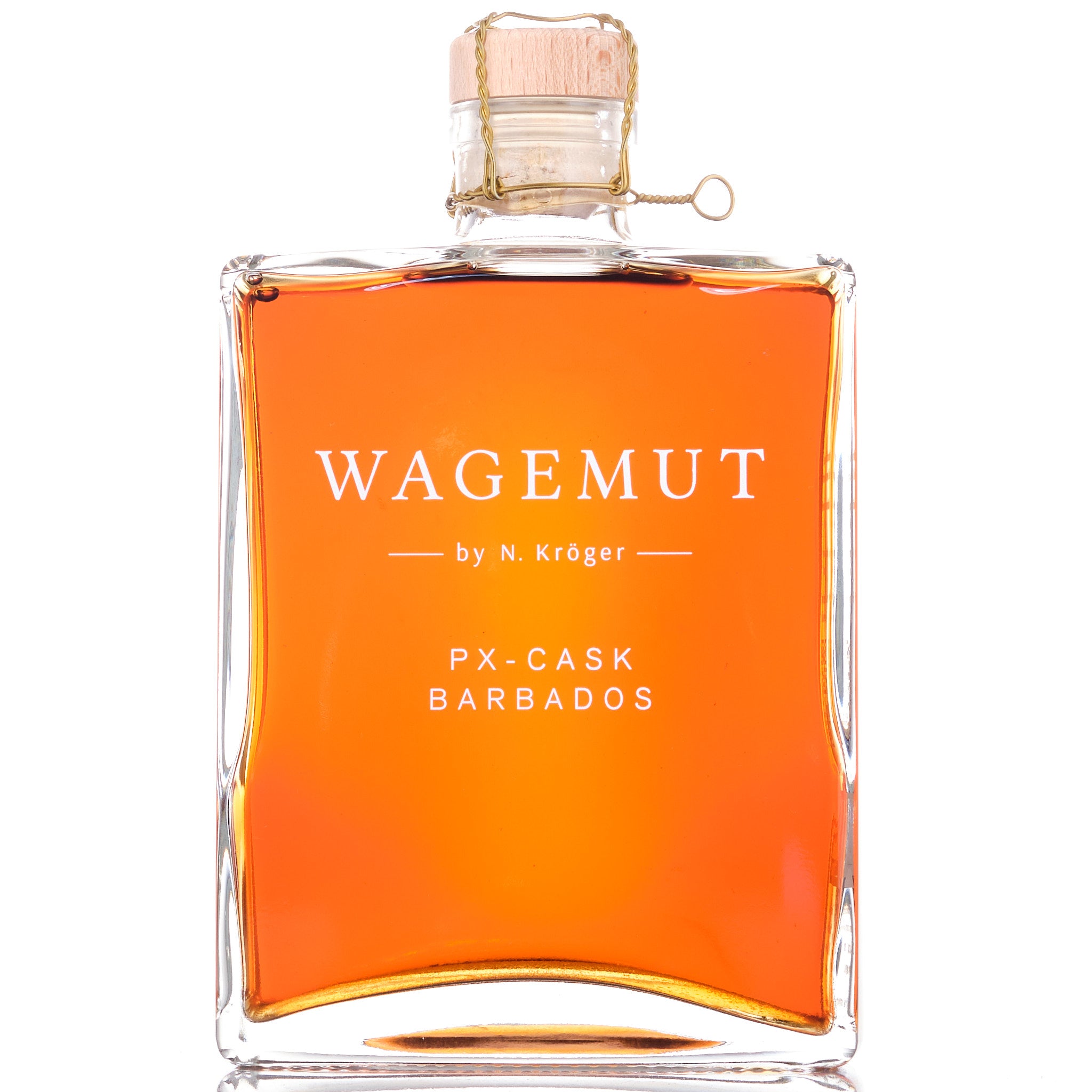
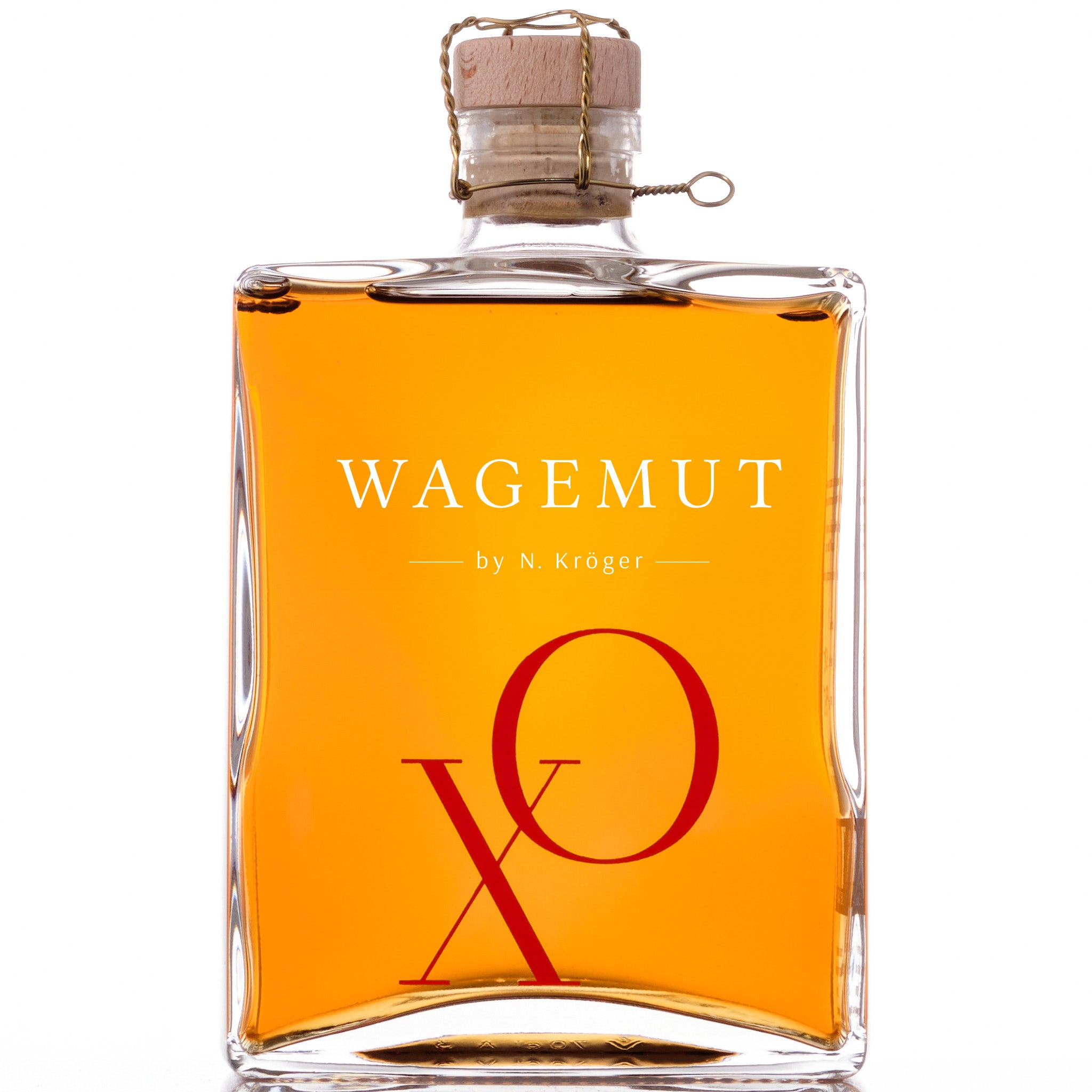
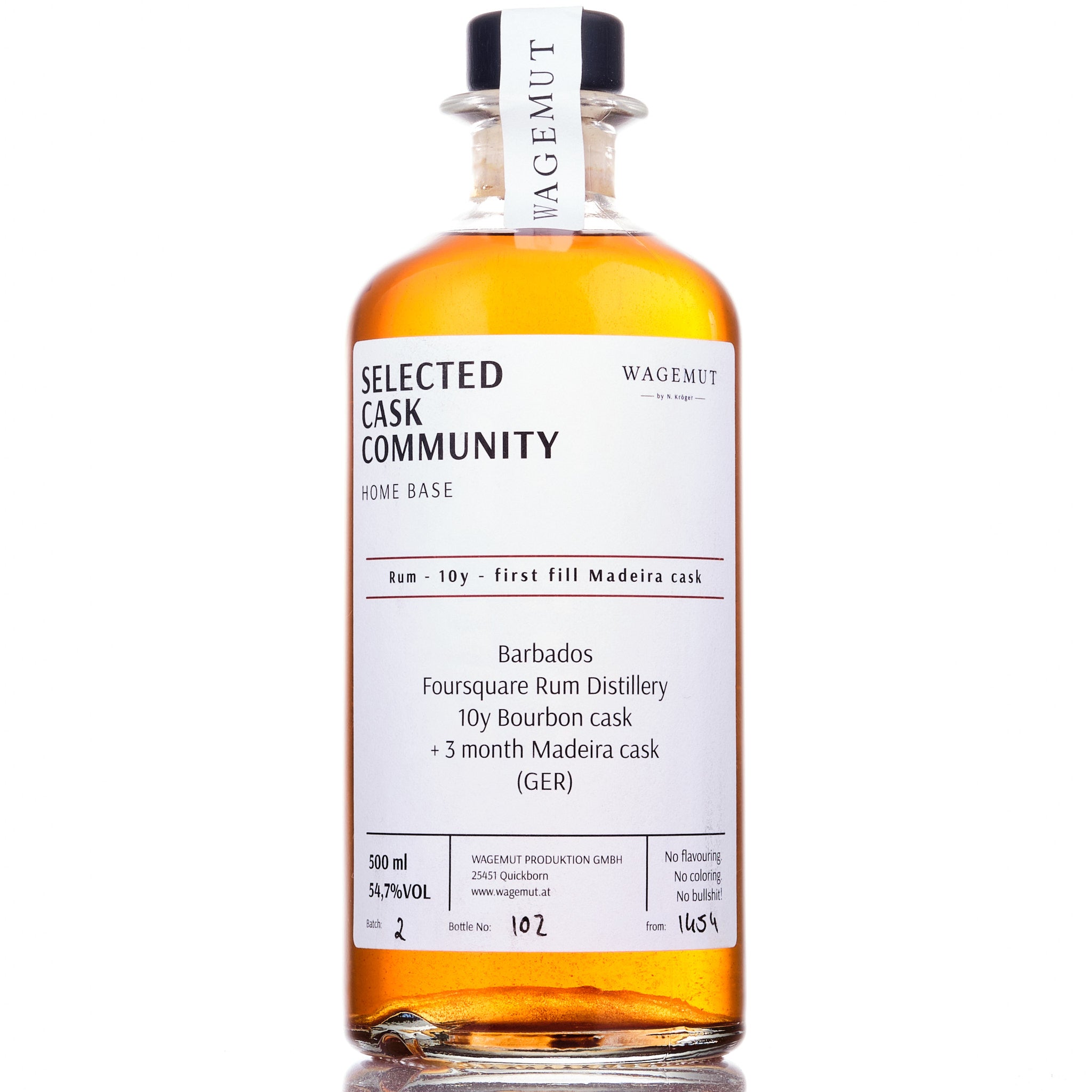
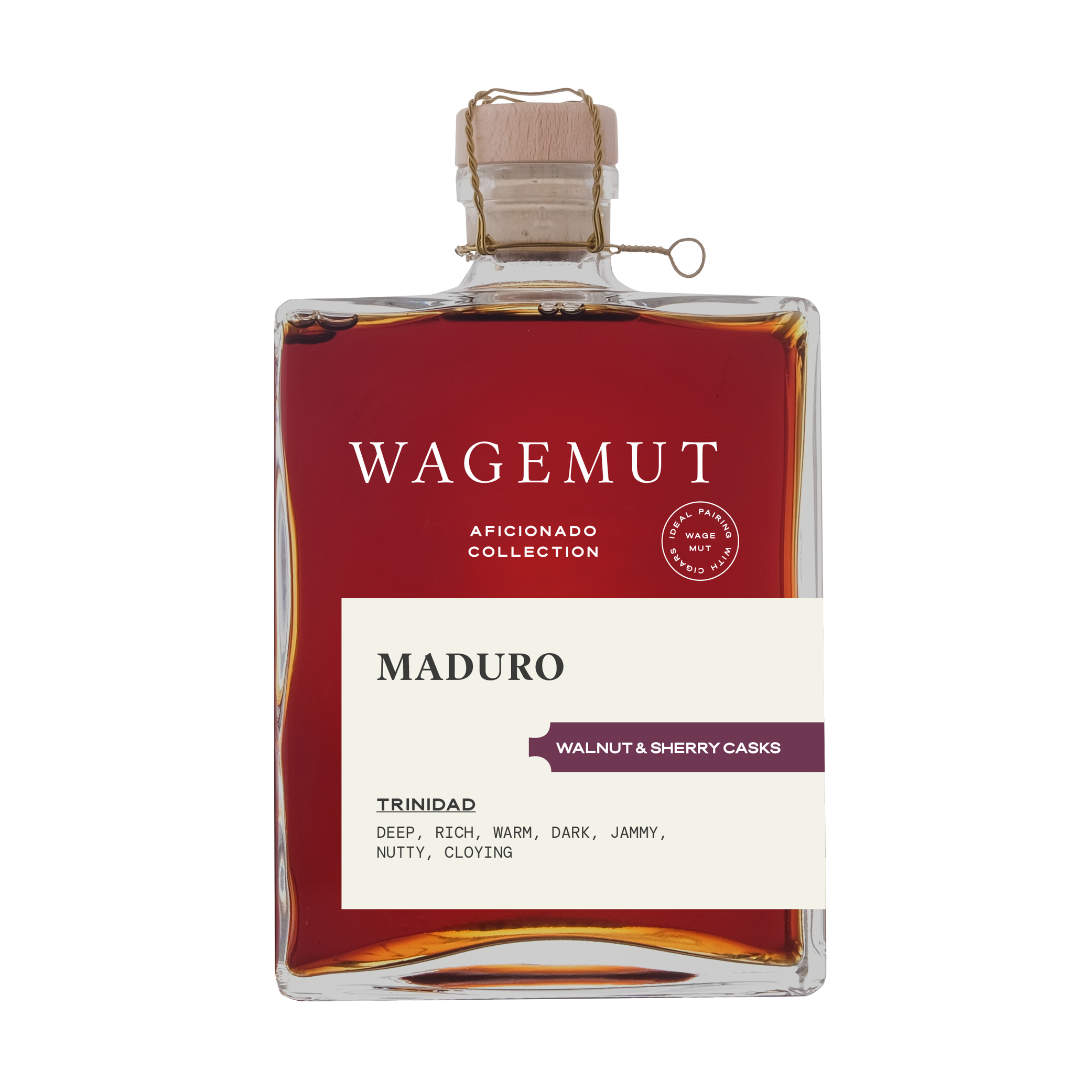
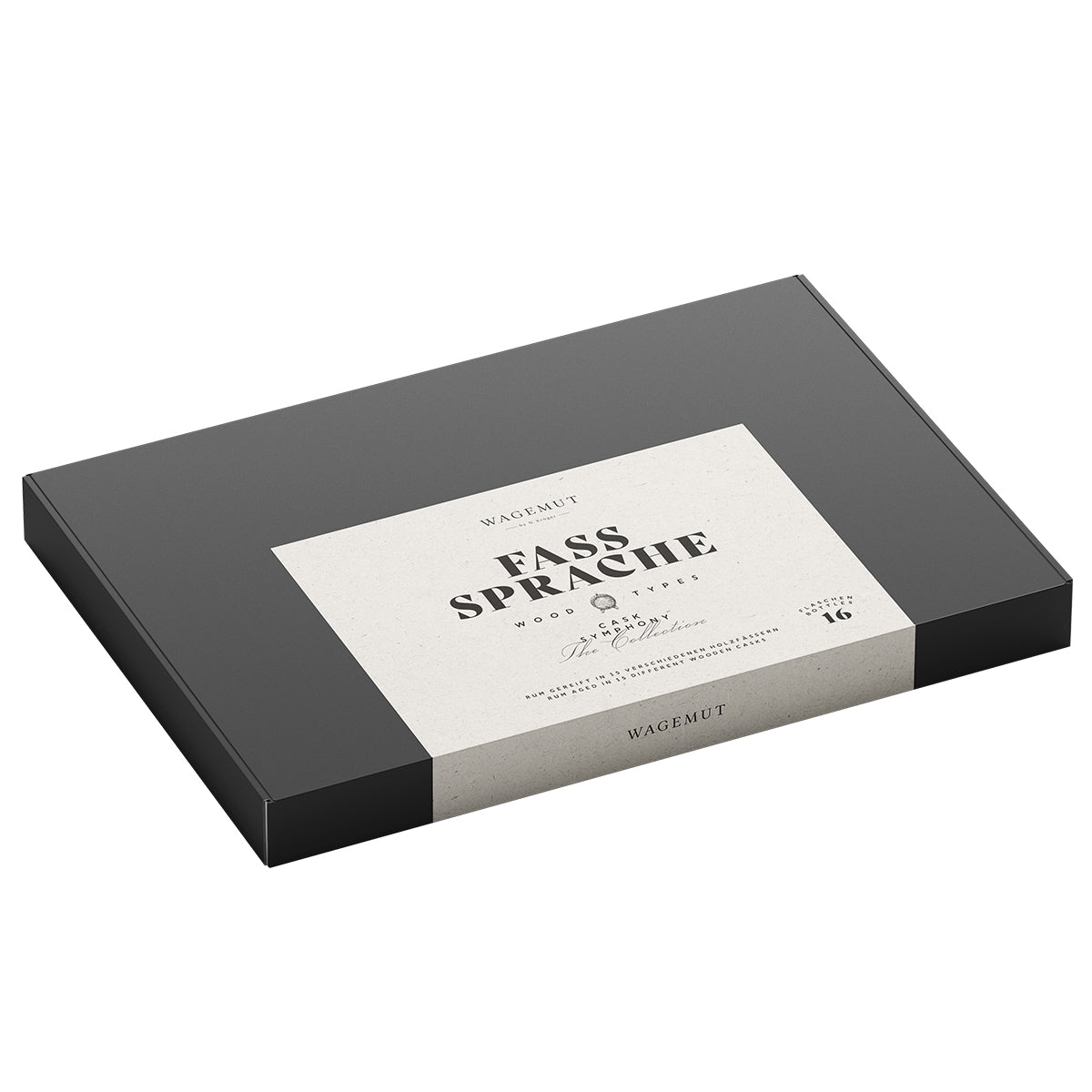
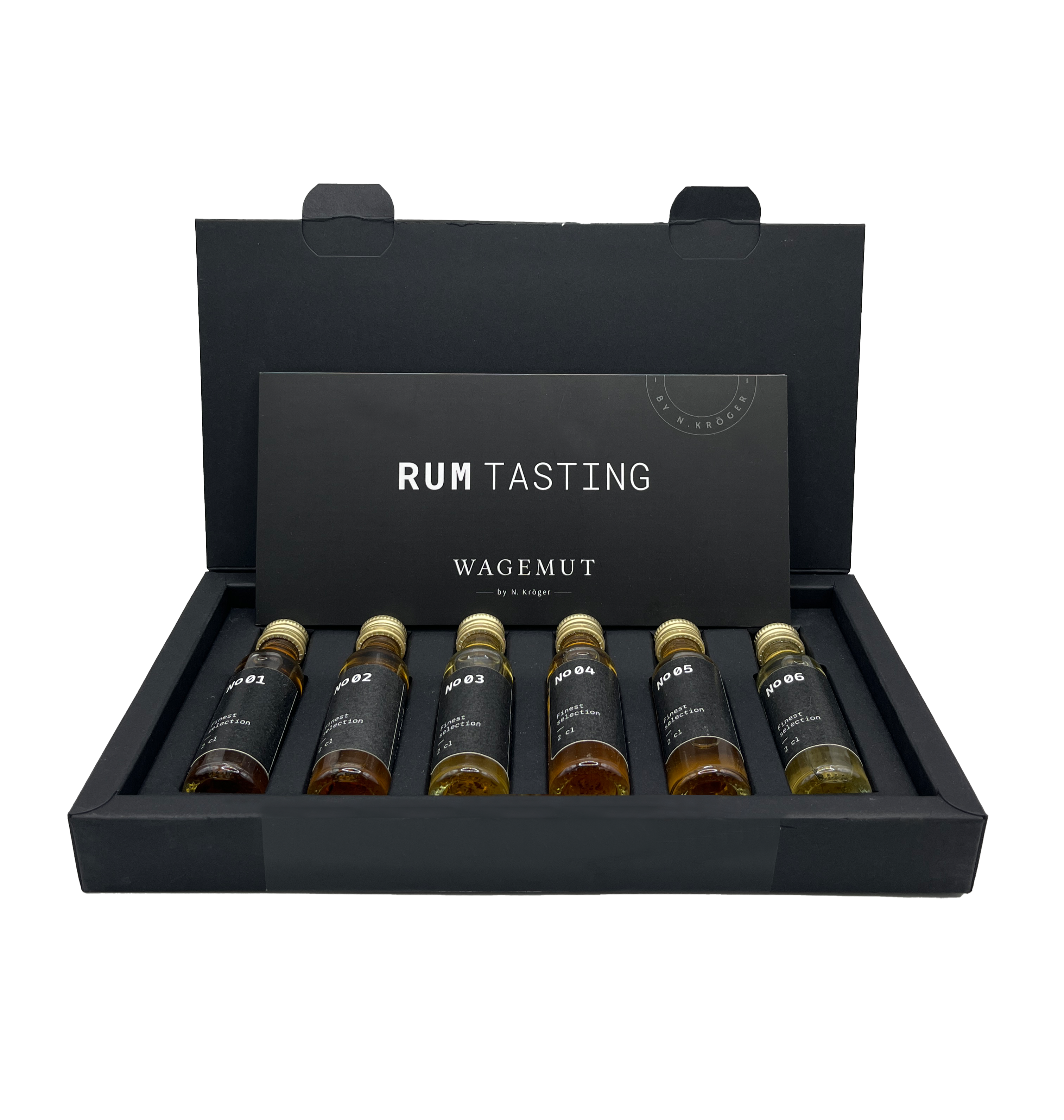
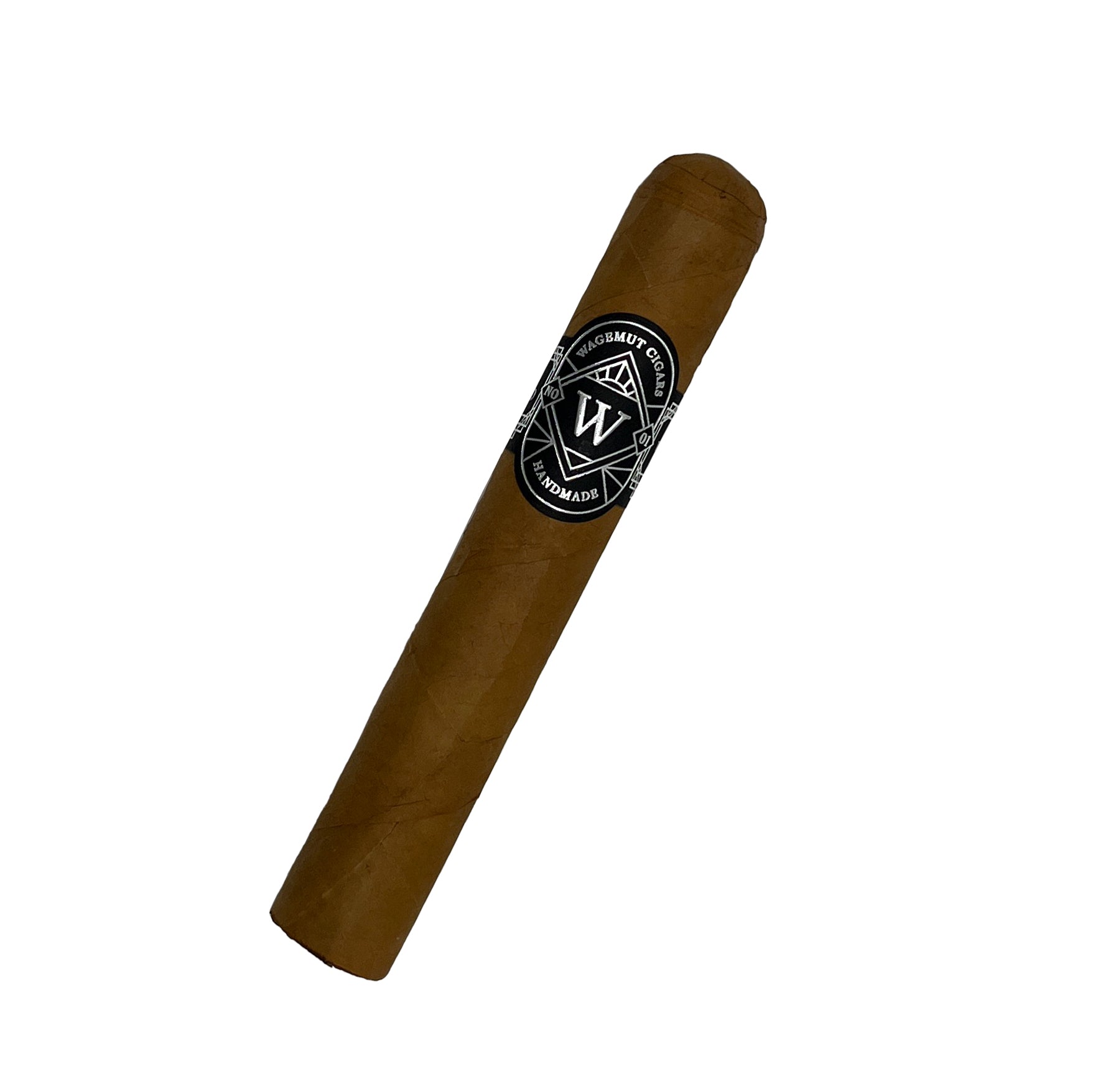
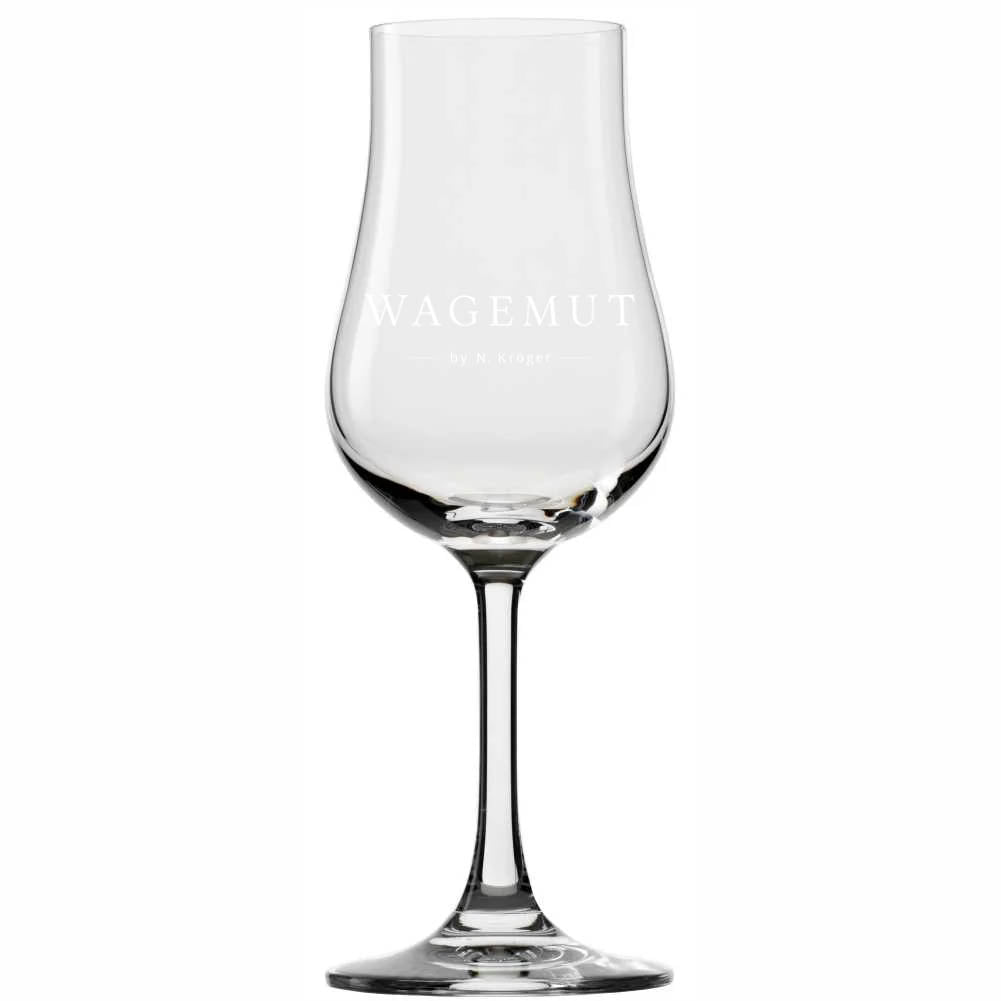


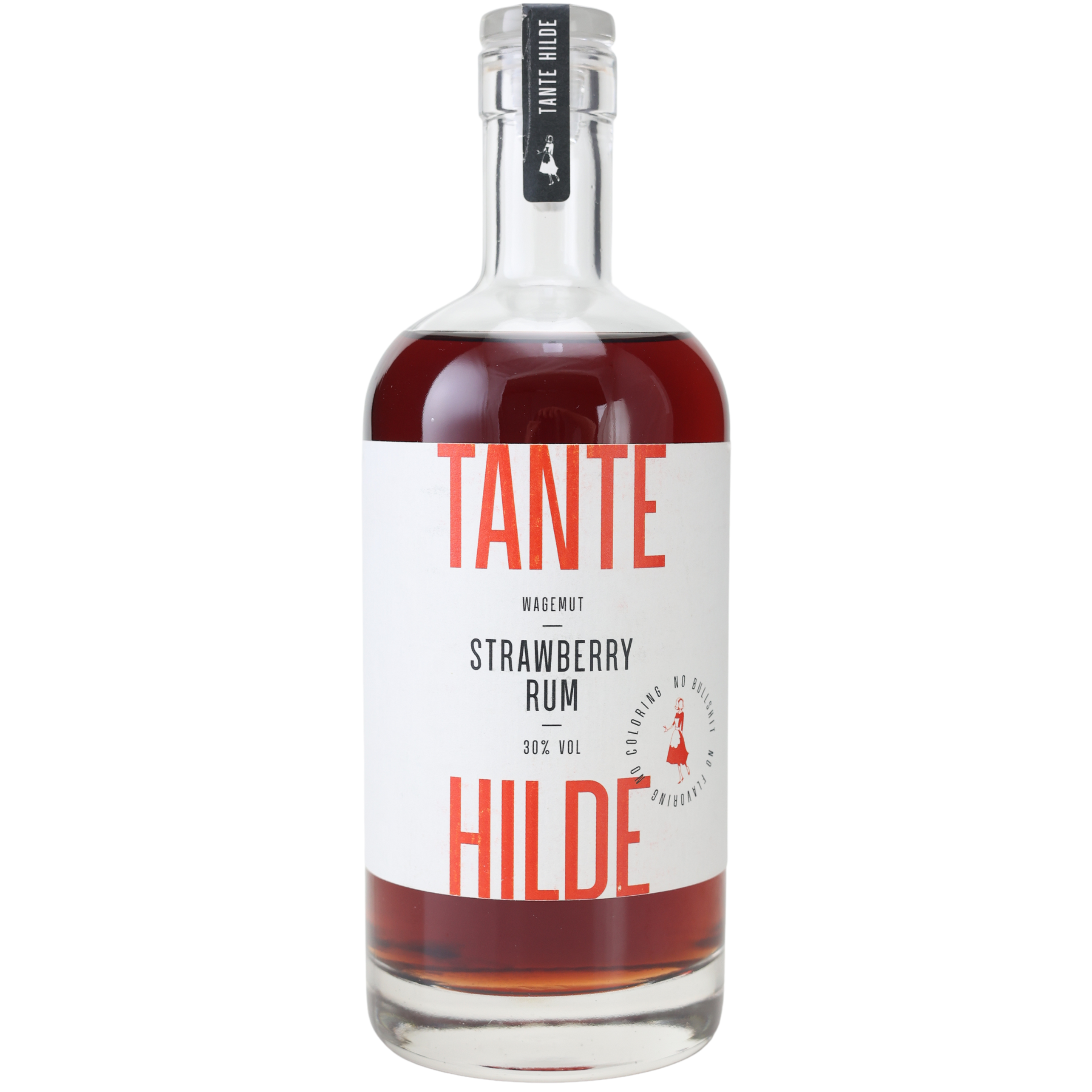
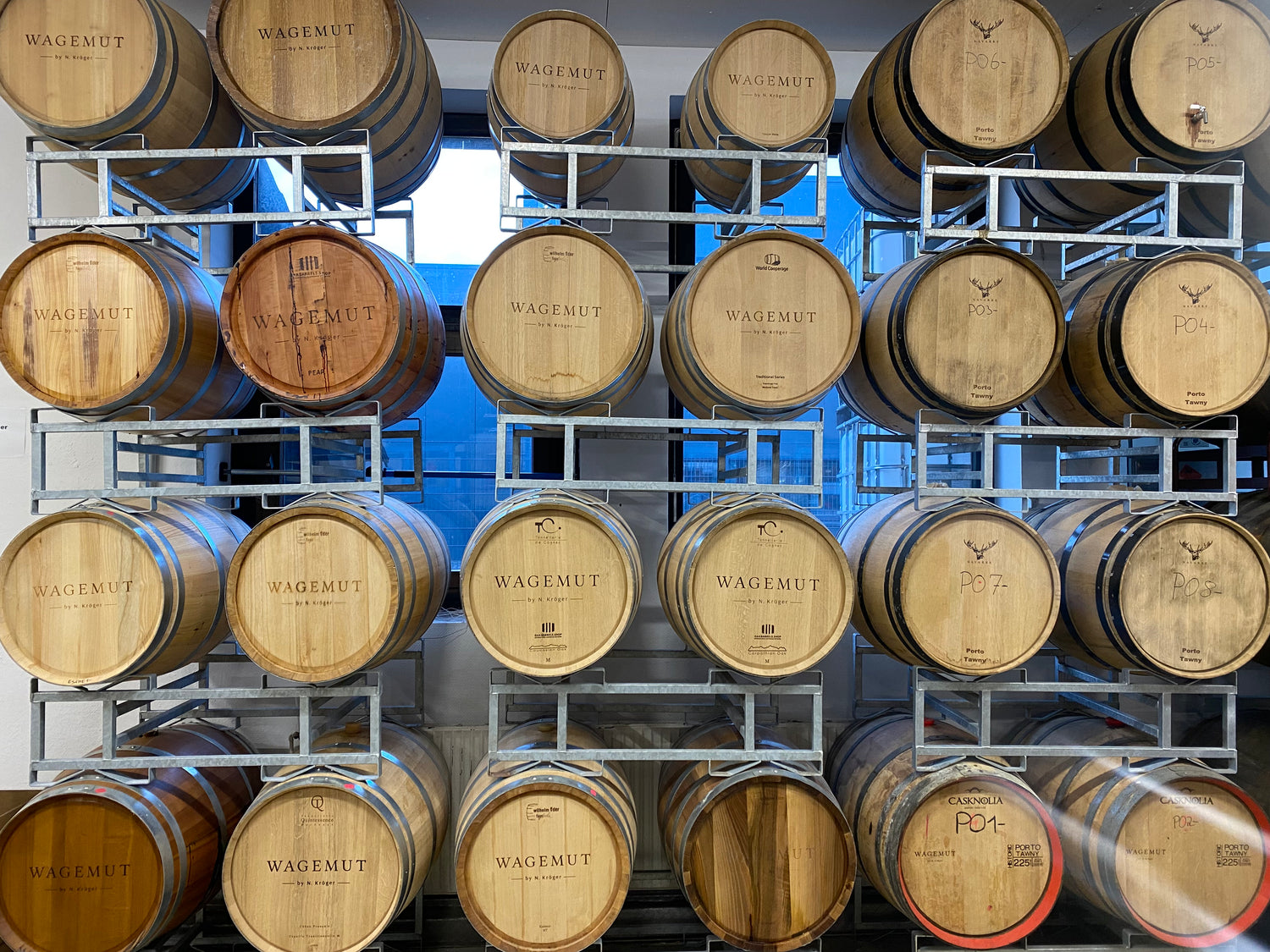
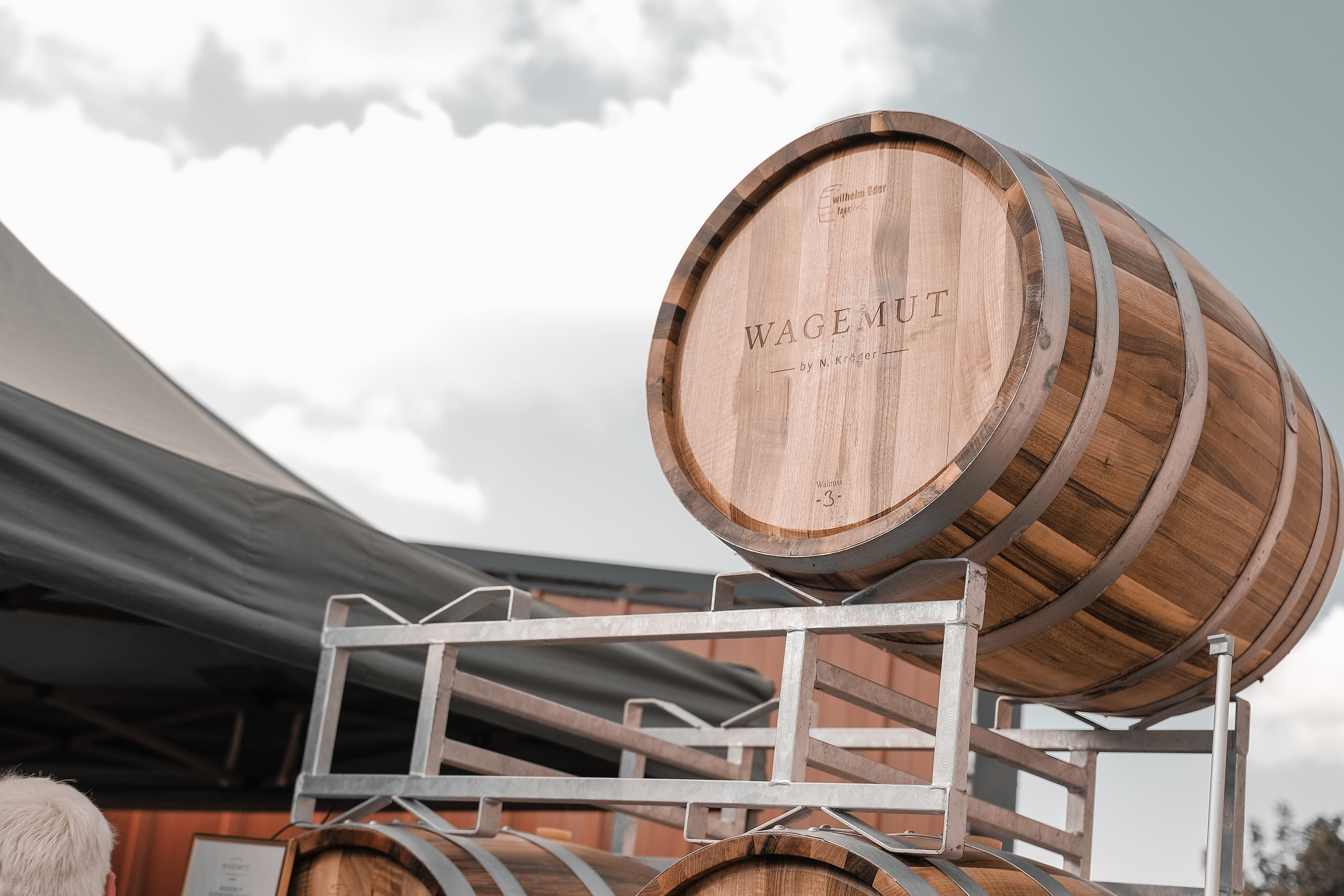
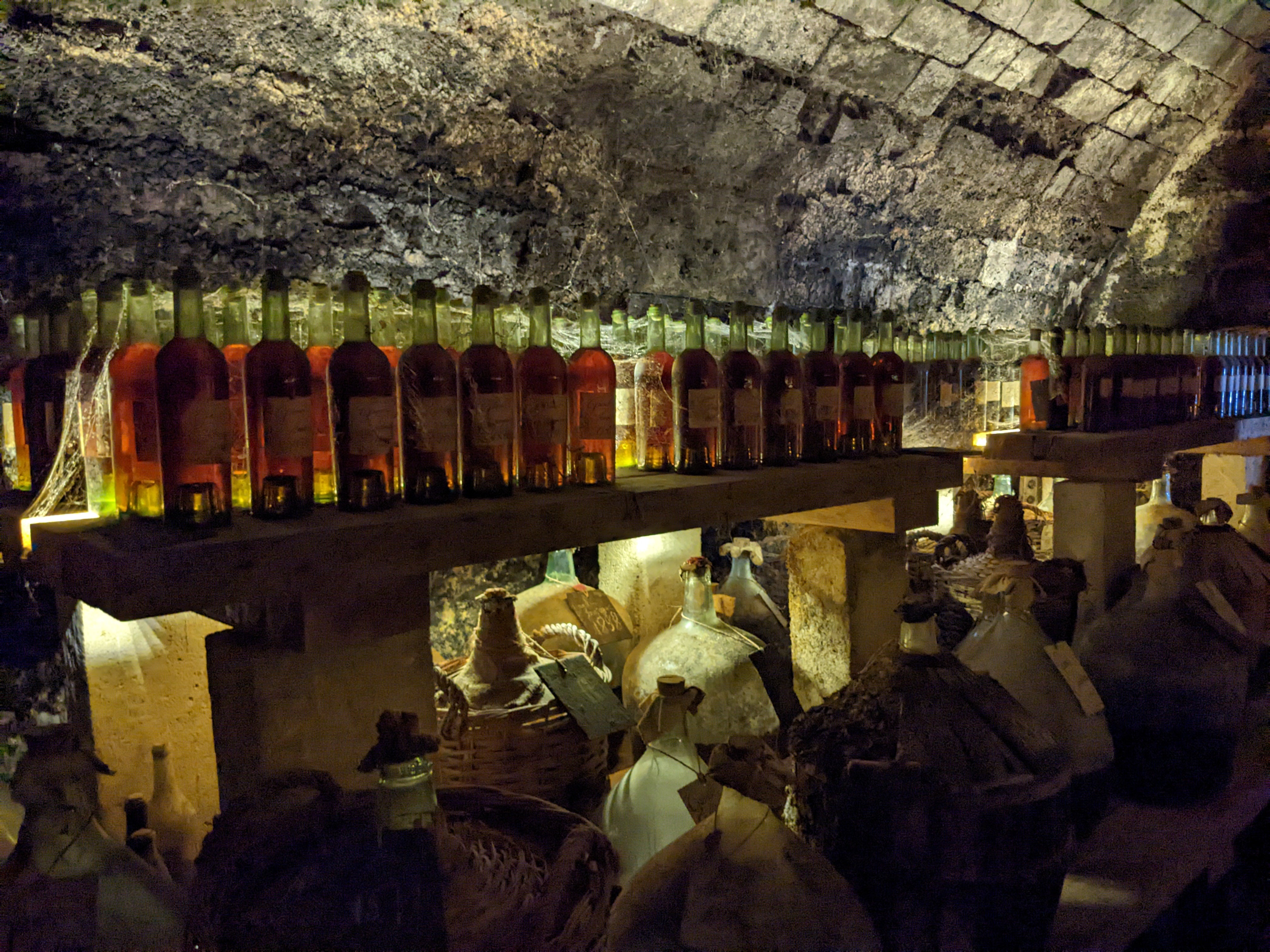
3 comments
Bourgoin
Bonjour .
Je suis viticulteur dans le Cognaçais . Je ne peux que confirmer votre constat . Le sucre à ses qualités et défauts mais en aucun cas la seule origine transférée du contenant de quel que bois que se soit ne peut être suffisante pour donner la sucrosité au produit contenu . En d’autres termes , il est donc évident que du sucre est obligatoirement rajouté … Il serait effectivement honnête de le dire … À contrario , il est donc malhonnête de prétendre l’inverse .
Bonjour .
Je suis viticulteur dans le Cognaçais . Je ne peux que confirmer votre constat . Le sucre à ses qualités et défauts mais en aucun cas la seule origine transférée du contenant de quel que bois que se soit ne peut être suffisante pour donner la sucrosité au produit contenu . En d’autres termes , il est donc évident que du sucre est obligatoirement rajouté … Il serait effectivement honnête de le dire … À contrario , il est donc malhonnête de prétendre l’inverse .
Wolfgang Botkus
Perfekter und ausführlicher kann man dieses Thema nicht behandeln. Vielen Dank für soviel Input.
Perfekter und ausführlicher kann man dieses Thema nicht behandeln. Vielen Dank für soviel Input.
Peter Schütte
Guten Morgen lieber Nicolas.
Deinen Ausführungen ist nichts hinzuzufügen.
Danke für diese ausführlichen, und wichtigen Informationen.
Herzliche Grüße
Piet
Guten Morgen lieber Nicolas.
Deinen Ausführungen ist nichts hinzuzufügen.
Danke für diese ausführlichen, und wichtigen Informationen.
Herzliche Grüße
Piet